The most powerful bite in history
05.12.2023 03:14
45097 views
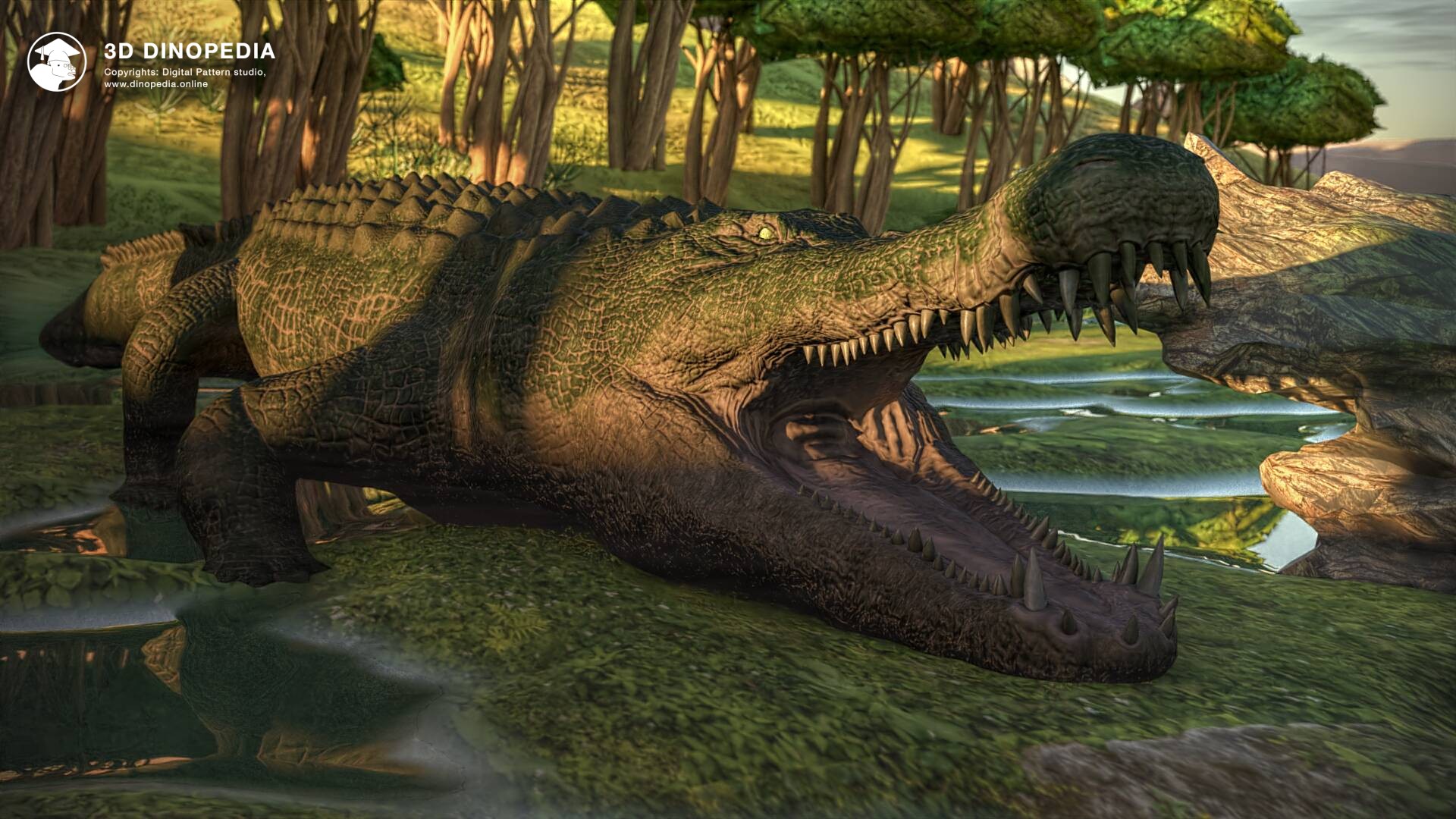
Have you heard about the incredible jaw strength of crocodiles? It's said that if a crocodile clamps its jaws shut, no force on Earth can make it open its mouth. Is this really true, and how do scientists measure the "bite force" of various animals? Why do crocodiles have such powerful jaws? Could any ancient animals compare with them? And, most importantly, who possessed the most powerful bite in the history of the Earth?
Bite force is the strength created by the muscles and bones of the upper and lower jaw during a bite. Predators with a strong bite can easily hold their prey, and some can even bite through tough "armor" or crush bones. This force is measured using a dynamometer, usually in newtons or kilograms per square centimeter (pounds per square inch). For example, the human bite force is approximately 1498 newtons or about 150 kg/cm². This figure is impressive. However, it's worth noting that this is a record value and it applies to the molars, which exert maximum pressure on food. Nonetheless, the average human bite force is not much less – about 90 kg/cm². Thus, when we bite something, we create pressure equivalent to a weight of 90-150 kg applied to a small area!
The human bite is recognized as the strongest among primates; moreover, it even exceeds the bite force of some medium-sized dog breeds. But in the animal kingdom, there are creatures with even more powerful bites. For example, the bite of a brown bear reaches 2796 newtons, and that of a lion – about 4200 newtons. However, even this is not the limit. Spotted hyenas, for instance, can crack the bones of dead animals with a bite force of 4500 newtons, equivalent to 450 kg/cm²! But the tiger holds the record for the most powerful bite force among terrestrial mammals - 6897 newtons.
But all these records can be surpassed by aquatic inhabitants. For example, the bite force of a saltwater crocodile reaches 16414 newtons. This means its jaws exert pressure of more than 1.5 tons per square centimeter, which is four times the bite force of a lion! This amazing ability of crocodiles is explained by their lifestyle: as ambush predators, they need to securely grasp their prey, not allowing it to escape. To provide such bite force, a special skull structure is necessary: it must be strong and compact, with exceptionally powerful muscles for closing the jaw.
Among modern marine creatures, there are animals with potentially even more powerful bites. For instance, it is assumed that the great white shark has a bite force of 18,000 newtons, and the orca's bite force could reach 84,516 newtons. If this is true, then the orca bites with a force equivalent to the bite of five crocodiles or twenty times the bite force of a lion! However, direct measurements of the bite force of marine animals have not yet been conducted. Therefore, the data on sharks and orcas are only theoretical, calculated using computer modeling.
And what about extinct animals, among which were giant predators? Of course, their bite force can no longer be measured with a dynamometer. However, computer modeling of the skull, as well as the reconstruction of muscles based on the preserved attachment points, allow for the reconstruction of the jaw's appearance and the measurement of bite force. It was calculated that the Tyrannosaurus had an extremely powerful bite, estimated at 64,000 newtons, which is almost twice the bite force of a saltwater crocodile. Traces of its bites on the bones of ancient animals and coprolites with bone fragments testify to its ability to break the bones of its victims. However, according to theoretical calculations, the Tyrannosaurus was still weaker than the orca.
Research shows that some ancient marine animals might have had even more powerful bites. According to calculations, the pliosaur bit with a force of 81,564 newtons, the Megalodon with 108,514 newtons, and the bite of the Mosasaurus Hoffmanni reached nearly 233,000 newtons! However, the record holders were ancient crocodilians: the bite force of Sarcosuchus was estimated at 215,899 newtons, and Deinosuchus at an incredible 356,401 newtons! This means that a Deinosuchus tooth exerted pressure comparable to a weight of 36 tons per square centimeter.
Thus, as of today, scientific data suggest that Deinosuchus may be the possessor of the most powerful bite among ancient animals.
To calculate the bite force of Deinosuchus, the bite force of modern crocodiles was used and multiplied several times according to its size. Therefore, it is quite possible that future paleontological discoveries and new research methods may radically change our understanding of the bite force of ancient animals.
You can visually see how powerful the jaw muscles of ancient crocodilians were by opening the models of Deinosuchus and Sarcosuchus in the 3D Dinopedia app and switching to the muscle view mode. Conduct your own research and immerse yourself in the amazing world of ancient animals!
Discussions
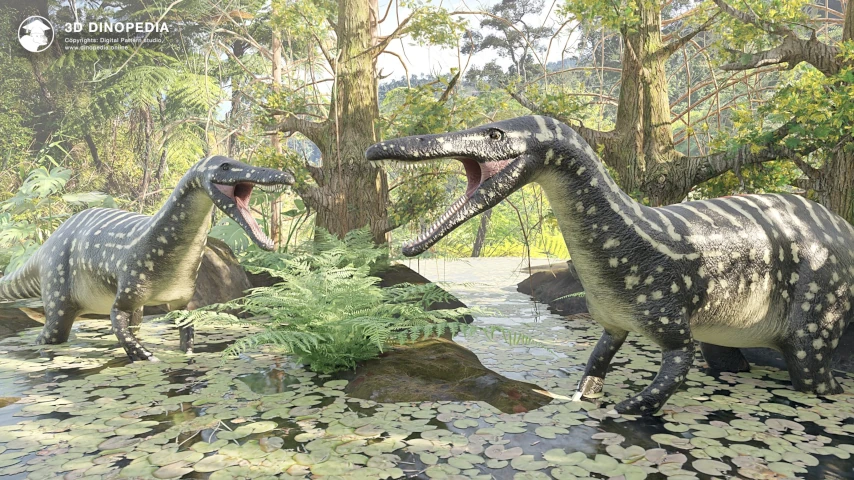
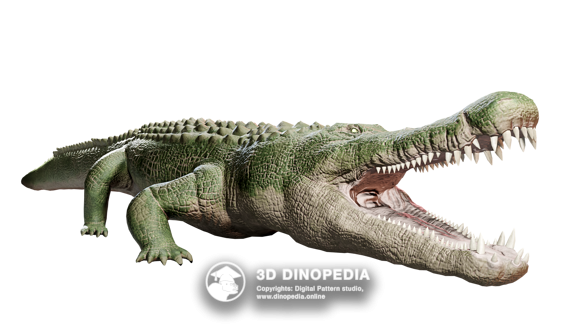
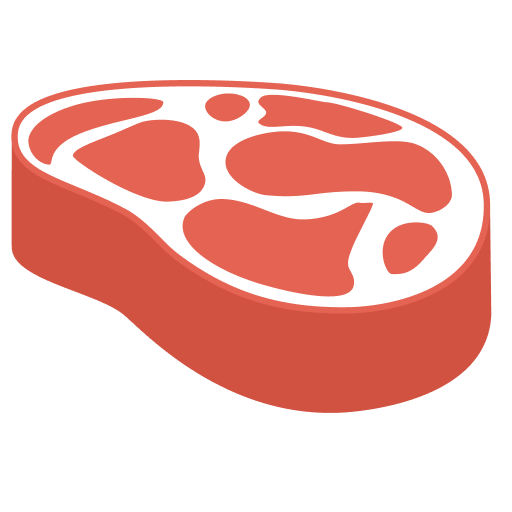


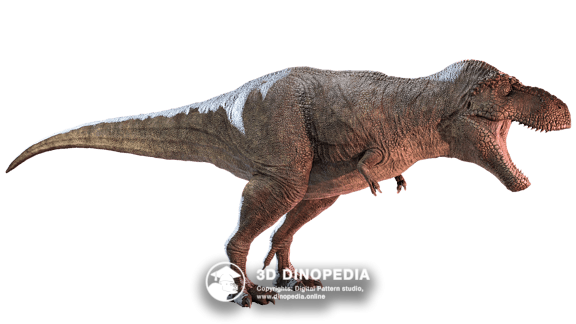

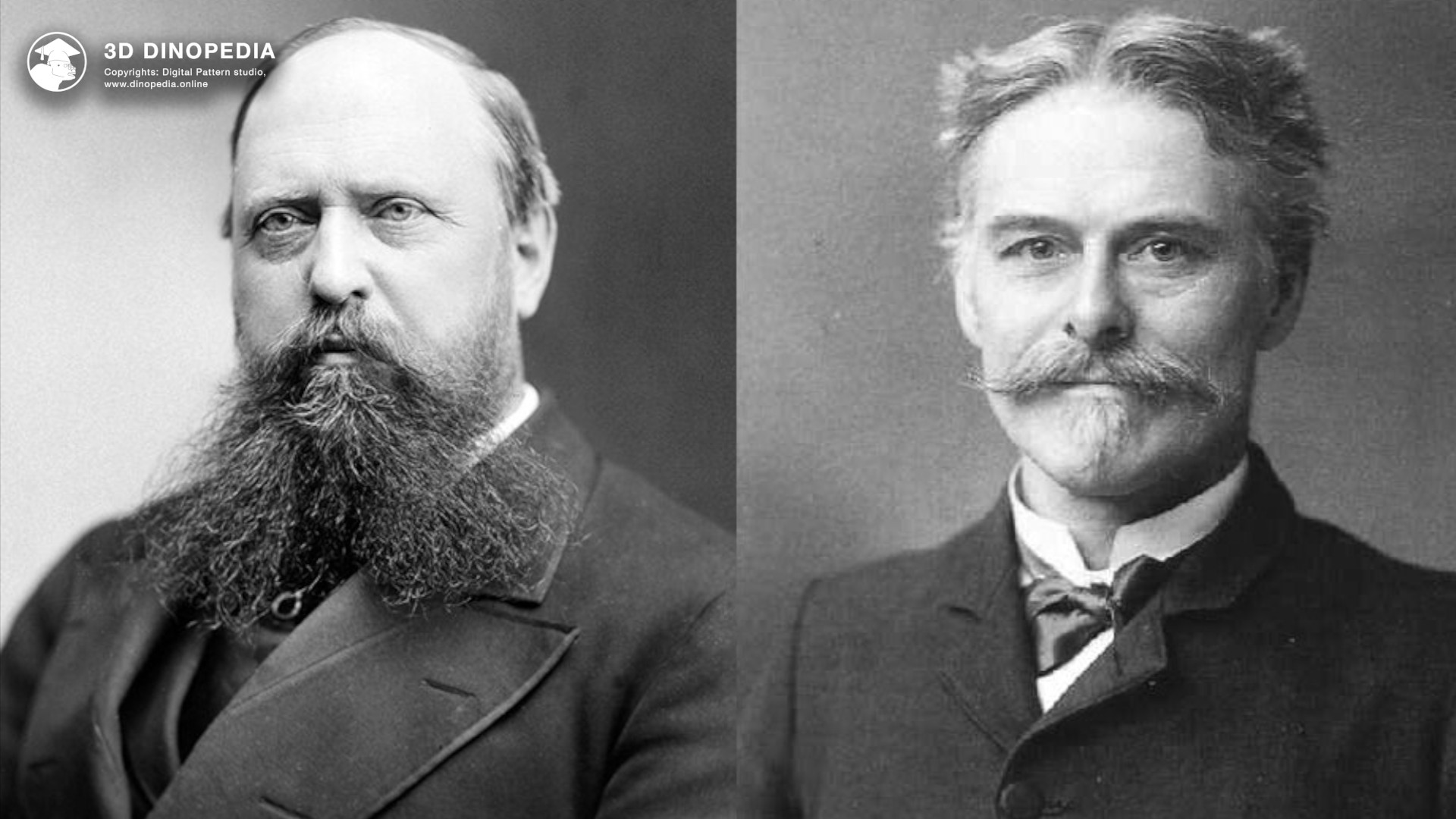
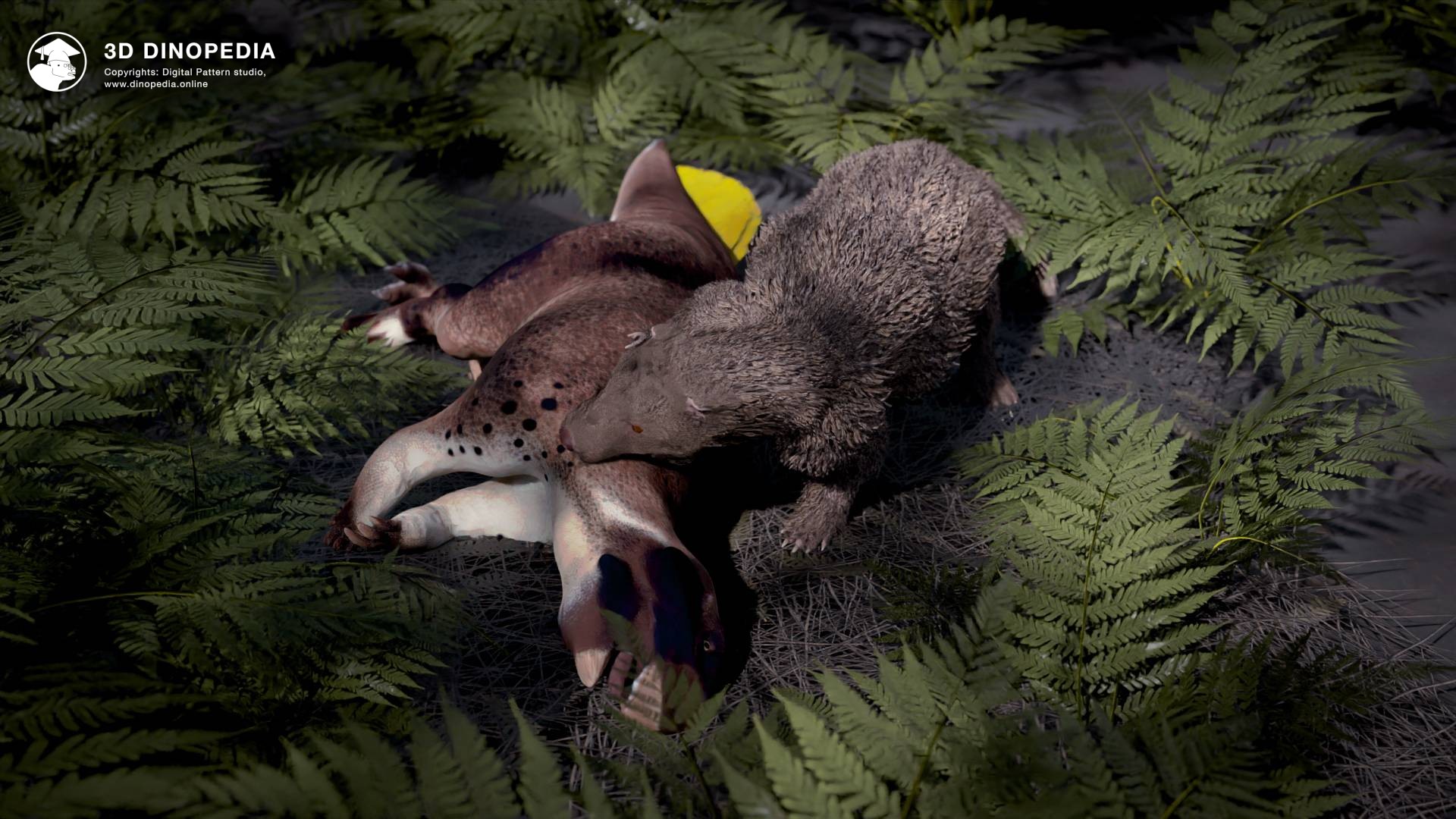
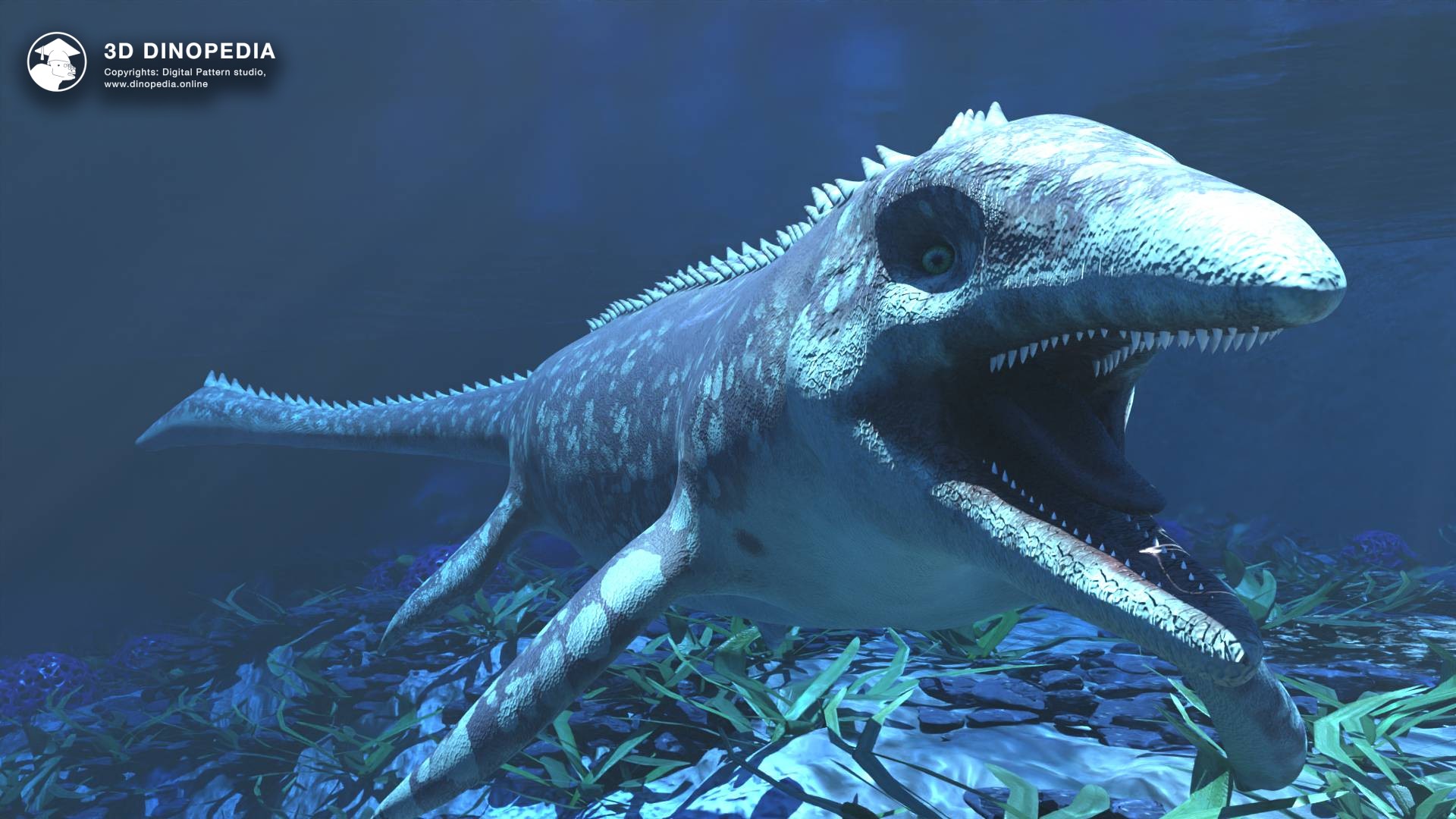

{{ count }} comments
You must login to write a comment